This is true; some dogs can be challenging to train due to their temperament, stubborn streaks, and independent nature, which often stem from their herding and hunting ancestry.
Still, dogs are known as one of the most affectionate companions for humans. However, dogs usually don’t behave unruly unless they are provoked or facing an internal issue that owners need to identify.
First, you should buy your dog from a reputable breeder; after that, proper training becomes your responsibility. Research at PubMed Central suggests that dogs become agitated and undisciplined when exposed to harsh or punishing training methods.
While stern training can work for certain breeds, it should never involve physical or emotional harm. Remember, a gentle approach along with clear boundaries and reward-based training shows the best results.
It’s the most effective way to raise a well-behaved pet.
Key Takeaways
Some dog breeds, like the Afghan Hound, Beagle, and Basset Hound, are among the least obedient dog breeds, needing extra time and patience during training sessions.
Each breed was originally bred for a purpose, whether hunting, guarding, or companionship, which influences their dog behavior and response to training.
Even the hardest dogs can improve with consistent training, regular walks, and structure in their daily routine.
Introducing puppies to other pets, people, and environments early helps reduce behavioral problems later on.
Worst Dog Breeds For Discipline
1. Afghan Hound
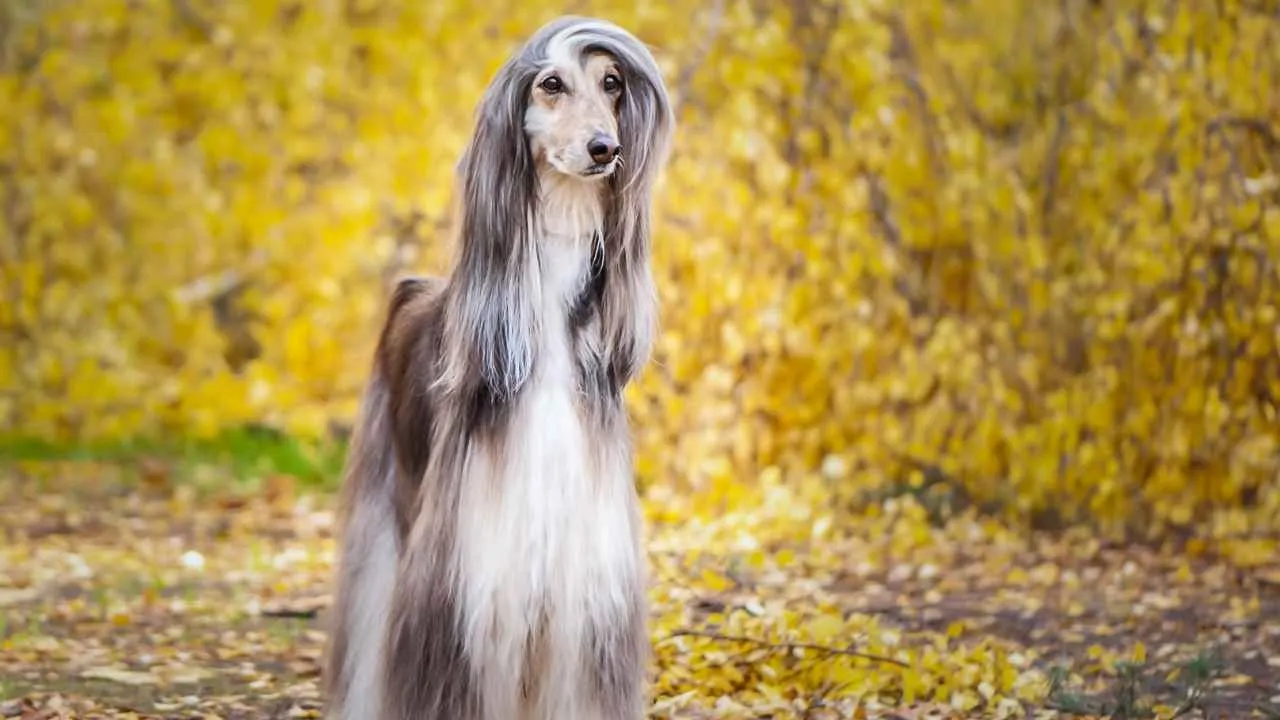
Elegant, graceful, and often described as the “aristocrat” of the dog world, the Afghan Hound is as emotionally deep as it is beautiful. Bred centuries ago to chase prey across the rugged Afghan mountains, this breed carries an unshakable instinct to run, making discipline a real challenge.
Their independence isn’t stubbornness in the usual sense; it’s a reflection of their strong-willed and free-spirited nature. While they form deep emotional bonds with their humans, this attachment also makes them sensitive to change.
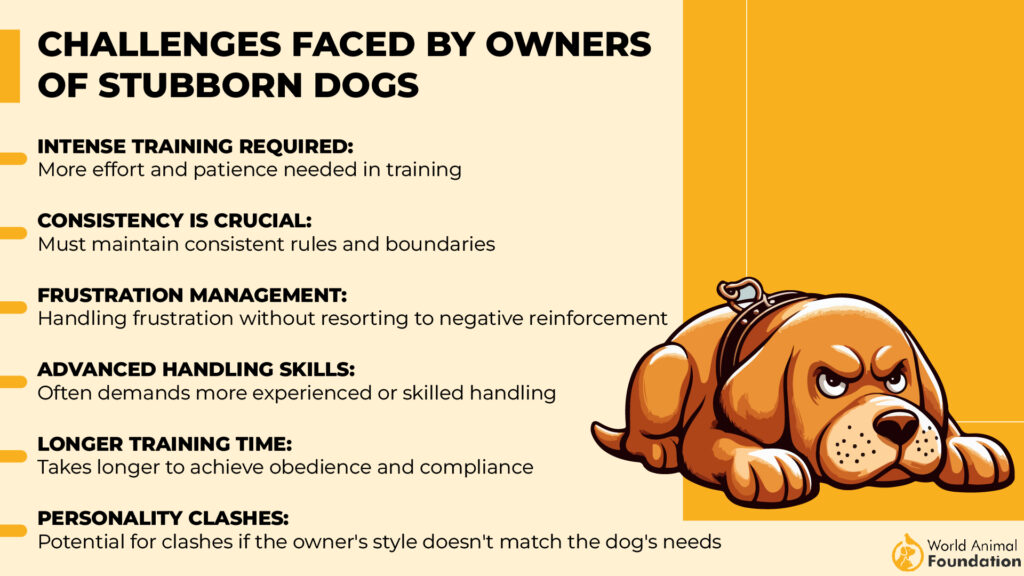
They don’t easily adjust to new environments or unfamiliar people. Despite their aloof exterior, Afghans feel things deeply. They are loyal to the ones they love but require patience, consistency, and gentle guidance to respond well to training.

Traditional obedience drills often bore them. They prefer connection over command. Beneath their dignified calm lies an emotional, soulful dog that values trust above all else.
2. Basenji

The Basenji, often called the “barkless dog,” is one of the world’s oldest and most intriguing breeds, a true free spirit shaped by centuries of life in Central Africa. Known for their quiet dignity and catlike independence, Basenjis are beautiful but notoriously challenging when it comes to discipline.
Their intelligence often turns into selective hearing, especially when a command doesn’t align with their own instincts. This makes training them a test of patience rather than authority, according to Britannica.
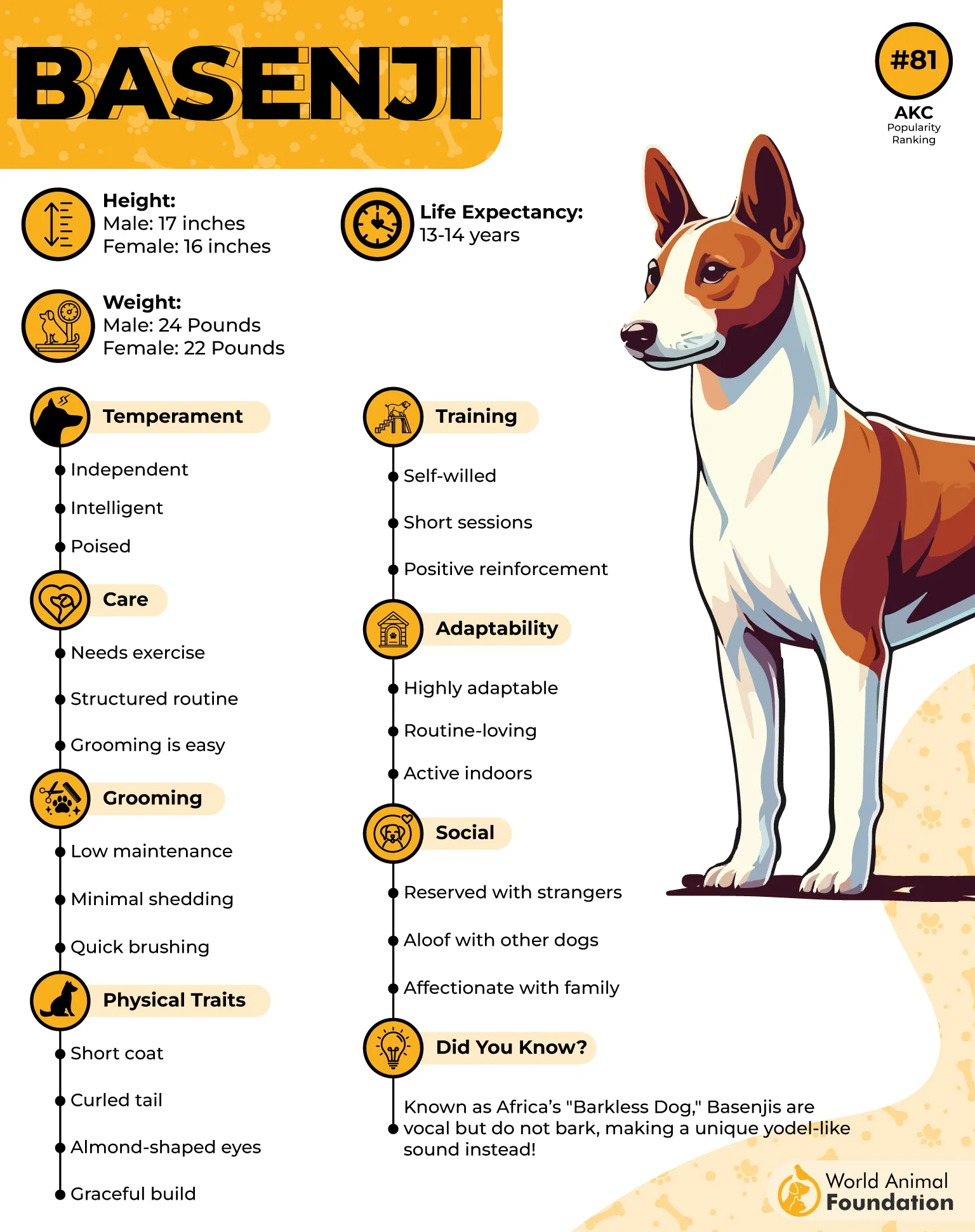
Emotionally, Basenjis are deeply sensitive yet guarded. They form bonds on their own terms and dislike harsh tones or forced affection. Their reserved nature comes from generations of surviving as self-reliant hunters, making them cautious and introspective.
They thrive on respect and trust, not dominance. Beneath that aloof exterior, however, lies a loyal and affectionate heart that reveals itself only to those who understand their quiet, soulful temperament.
3. Bulldog

Sturdy, wrinkled, and irresistibly charming, the Bulldog is a breed that wins hearts with its expressive face and calm nature, but don’t be fooled by that lazy grin; Bulldogs are famously stubborn.
They know exactly what you’re asking, but often prefer to do things on their own terms. Their independent streak, mixed with their love for comfort, makes training a true test of patience.
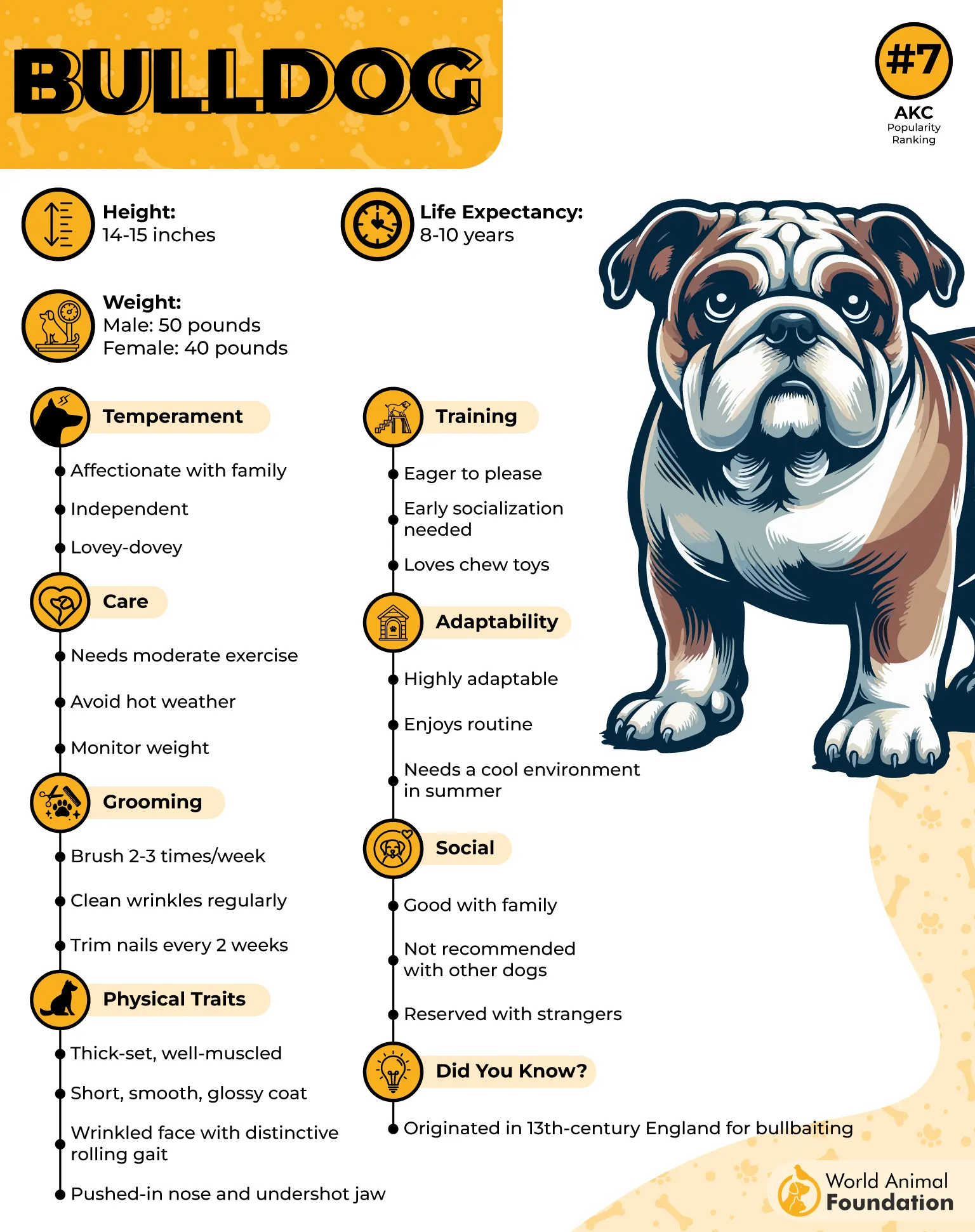
Emotionally, Bulldogs are deeply sensitive. They crave affection and respond best to gentle encouragement rather than strict commands. A harsh tone can easily discourage them, while positive reinforcement works wonders.
Their loyalty runs deep, and once they trust you, they’ll follow your lead, slowly but surely. Despite their relaxed demeanor, they feel emotions intensely and bond closely with their families. Inside that wrinkled face and sleepy charm is a sensitive friend who thrives on love and reassurance.
4. Chow Chow

The Chow Chow may look like a living teddy bear, but behind that plush mane lies one of the most independent and strong-willed breeds around. Known for their regal dignity and emotional restraint, Chow Chows prefer to love from a distance.
They’re deeply loyal to their owners but don’t show affection in the traditional, cuddly way, often choosing quiet companionship over overt displays of emotion. This emotional sensitivity means they value respect and calm energy. Harsh words or forced attention can easily upset them.

Their reserved temperament, paired with a stubborn streak, makes obedience training a challenge, according to Purina. They respond best to patient, positive reinforcement, and consistent socialization from an early age.
Though not overly playful, they are protective and proud, forming deep yet understated bonds with those they trust. The Chow Chow’s heart is like its gaze, steady, serious, and quietly expressive for those who truly understand it.
5. Jack Russell Terrier

Don’t be deceived by their little paws; Jack Russell Terriers are lightning bolts in fur coats. Bred for hunting, they carry a fiery spirit that refuses to sit still. This intelligent breed is confident and emotionally intense.
The Jack Russell Terrier bonds deeply with their favorite person and craves constant interaction. But their strong will and boundless curiosity often make discipline a real challenge.
Jack Russells feel everything with unmatched enthusiasm, joy, frustration, excitement, and they express it loudly, often through barking or mischievous behavior.

Their emotional sensitivity means they don’t respond well to harsh commands; instead, they thrive on positive reinforcement and patience. Leave them alone too long, and their anxiety can turn into chaos, chewed shoes, dug up gardens, or endless barking.
For the right owner, a Jack Russell’s spark can be deeply endearing, but for the unprepared, their stubborn brilliance can feel like living with a ten-pound tornado.
6. Siberian Husky
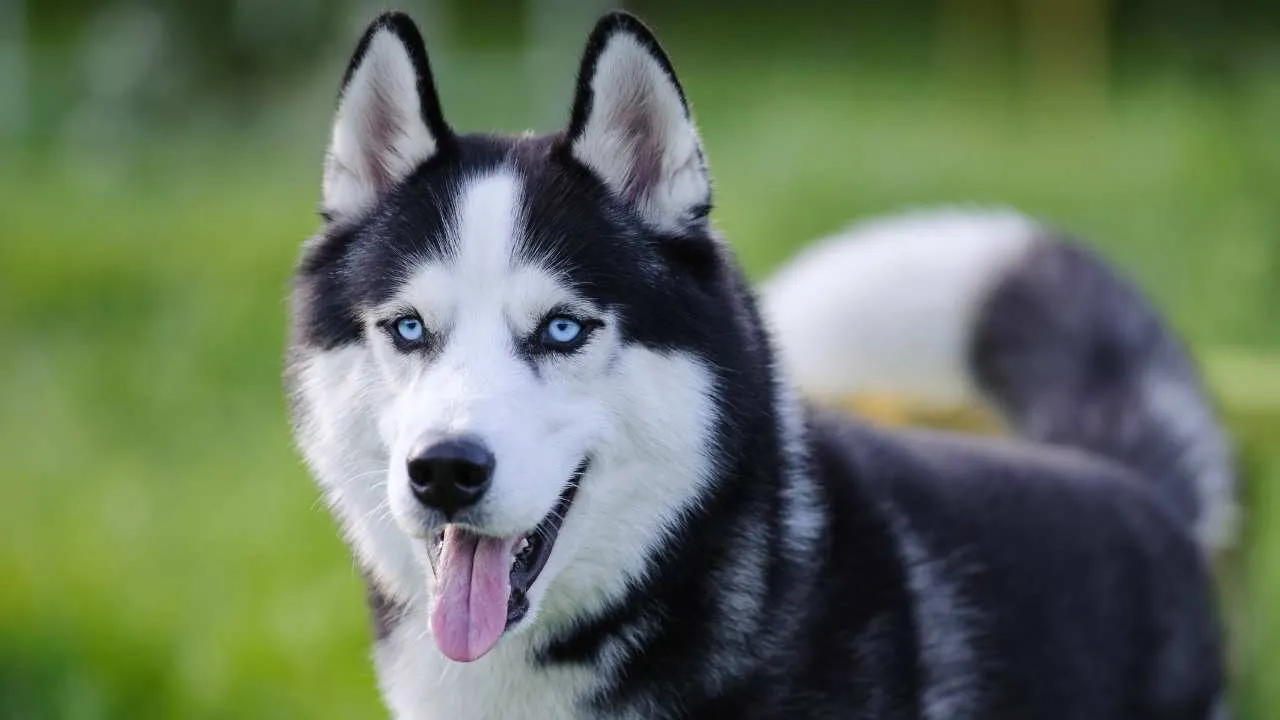
Beautiful, athletic, and full of spirit, the Siberian Husky is a dog that commands admiration yet challenges even the most patient owners. Known for their wolf-like beauty and boundless energy, Huskies are intelligent but fiercely independent, which makes discipline a real struggle.
They often understand commands but prefer following their own instincts, especially when something more exciting catches their attention.
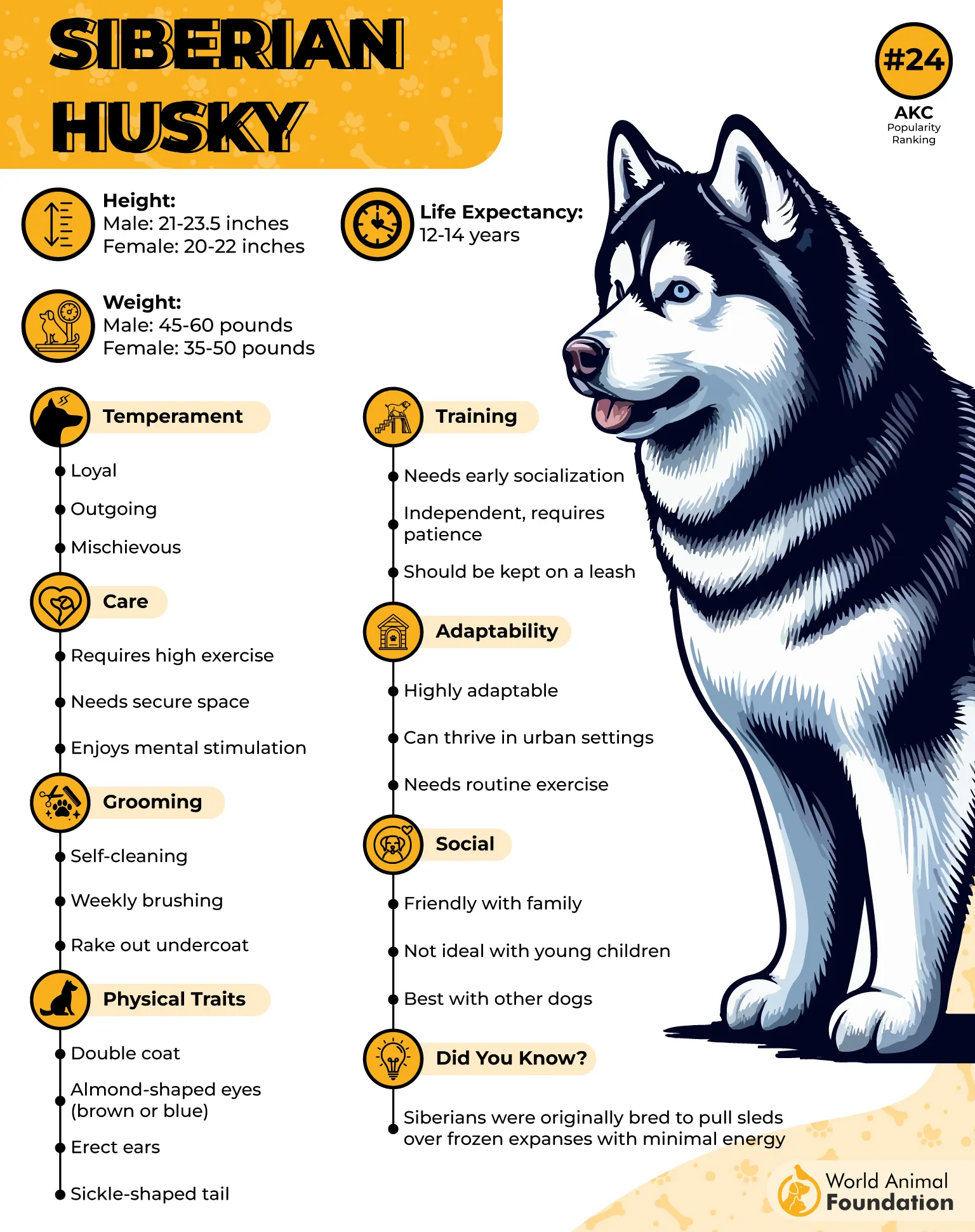
Emotionally, Huskies are sensitive pack animals who crave companionship and dislike being left alone. When isolated or bored, they can become anxious and destructive, digging, chewing, or howling for attention, according to Hills Pet.
Their emotions run deep, but they express them through action rather than affection. Despite their friendly nature, they’re not guard dogs; they’ll happily greet a stranger at the door instead of warning you.
For owners who can match their energy, patience, and emotional depth, a Husky can be a loyal yet free-spirited friend, one that thrives on mutual respect, not control.
7. Beagle

Playful, affectionate, and irresistibly charming, the Beagle is a small dog with a big personality and an even bigger nose.
Their floppy ears, soulful eyes, and wagging tails make them hard to resist. But behind that cute face is a determined yet tender-hearted pup who doesn’t always respond well to discipline.
Bred as scent hounds, Beagles are guided more by their noses than by commands. The moment they catch an intriguing scent, their instinct to chase takes over, and training becomes secondary.
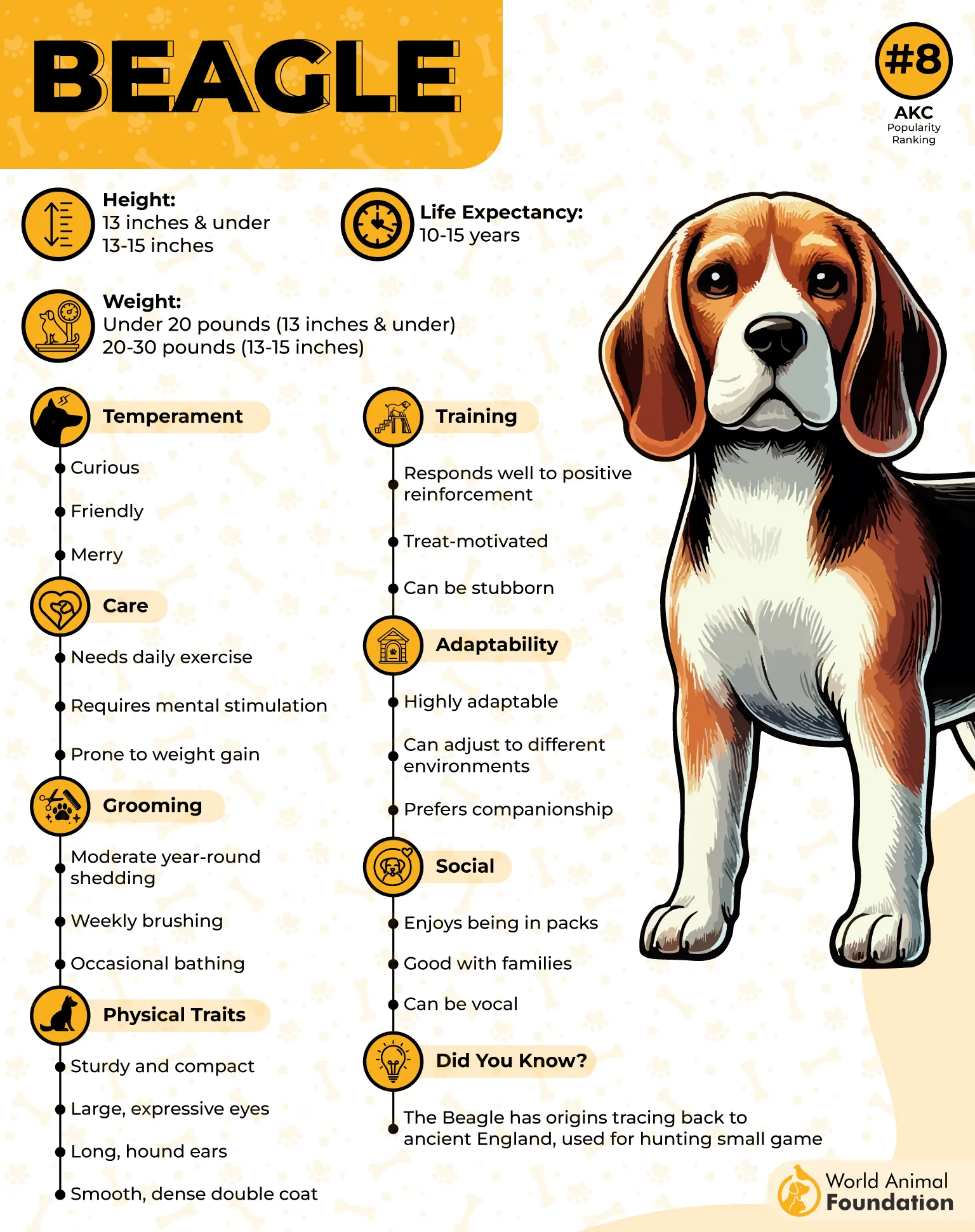
Their emotional nature adds to the challenge; Beagles crave companionship and easily become anxious or restless if left alone too long. This often leads to howling, chewing, or digging as an outlet for their pent-up emotions.
While their friendliness and love for family make them wonderful companions, Beagles demand patient, consistent training. They’re loyal, but their independent streak and sensitive heart make them one of the trickier breeds to discipline.
8. Basset Hound
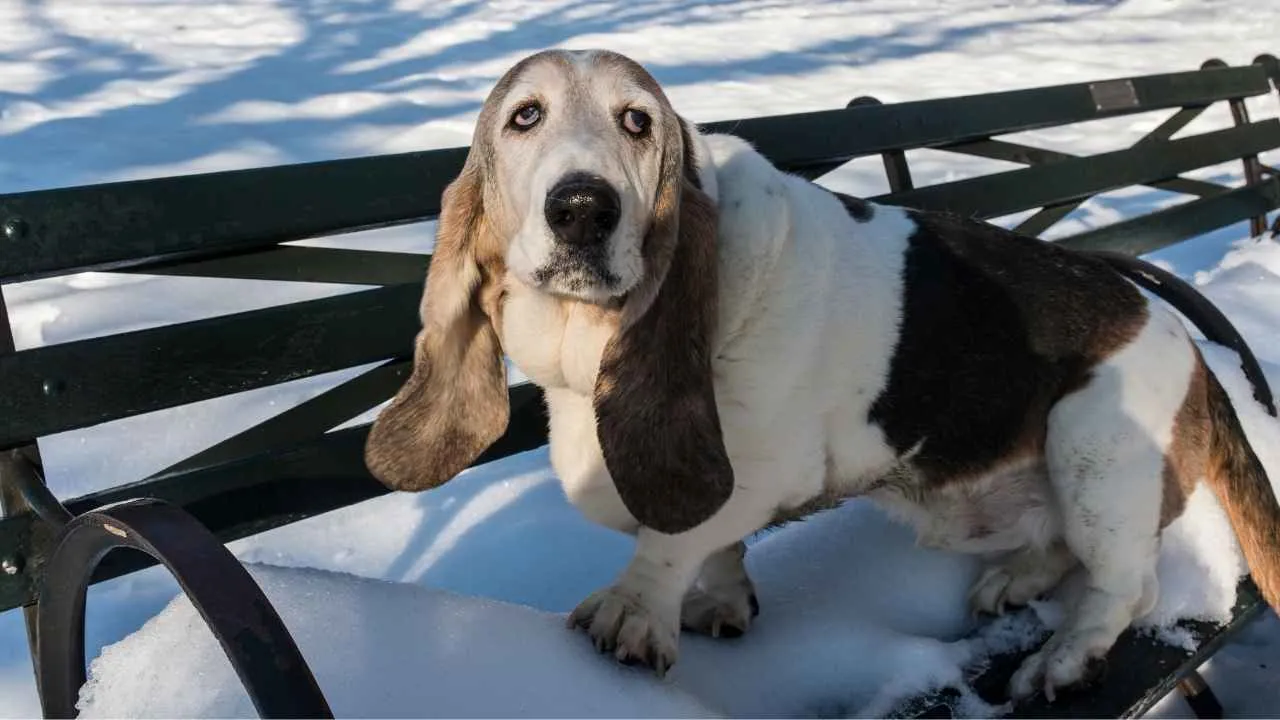
With their soulful eyes, droopy ears, and slow, deliberate gait, Basset Hounds easily win hearts, but not necessarily obedience contests. Behind that gentle, melancholic look lies a deeply emotional and surprisingly stubborn dog.
Bred as scent hounds, Bassets live in a world of smells; once they catch a trail, their instincts take over, and your commands quickly fade into the background. Their independence and strong noses make them one of the toughest breeds to discipline, as stated by the American Kennel Club.

Emotionally, Bassets crave companionship. They form strong attachments to their families and can become anxious or even vocal when left alone too long.
Their signature howl is often a cry for connection rather than defiance. Sensitive by nature, harsh training only shuts them down, while patience and positive reinforcement bring out their best.
Though endearingly loyal and affectionate, the Basset Hound’s combination of stubbornness and sensitivity makes consistent training a true test of persistence and love.
9. Pekingese

The Pekingese may look like a tiny ball of fur fit for royalty, and that’s exactly what they were. Once pampered in the palaces of ancient China, these “lion dogs” carry themselves with the quiet confidence of their noble past.
Despite their majestic poise this breed’s strong will and emotional depth, this breed doesn’t always take kindly to discipline.
Pekes are incredibly loyal and deeply attached to their families, often forming strong emotional bonds with one person. Their sensitive nature means they don’t respond well to harsh correction.
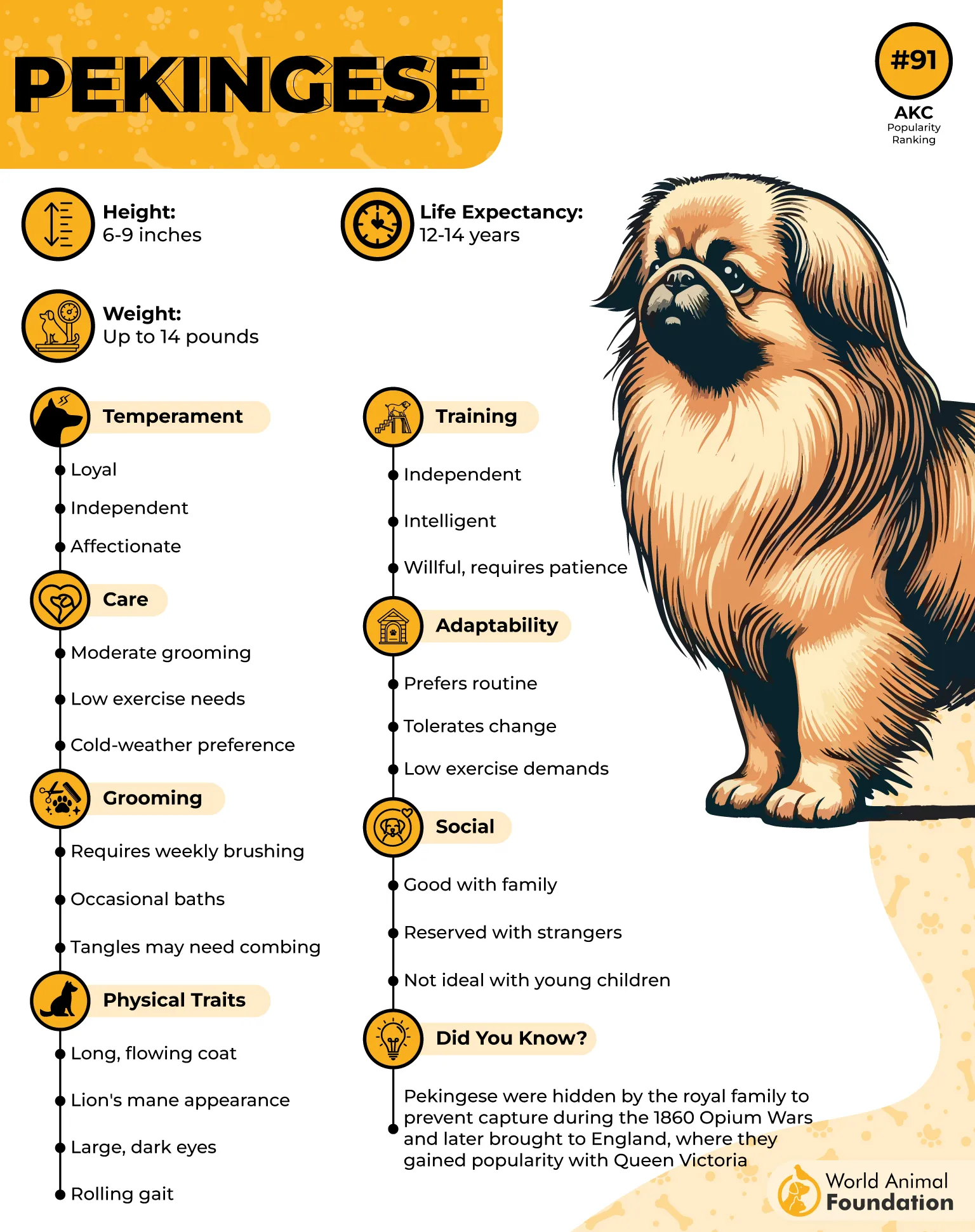
Use a harness for better control over your dog. Try our dog harness size calculator to find the right fit for your undisciplined pups.
Dog Harness Size Calculator
Instead, they shut down or grow defensive. Combine that with their natural independence, and you have a breed that prefers to do things on its own terms.
Though affectionate and gentle, the Pekingese’s royal pride and stubborn streak make training an exercise in patience. They thrive on respect and calm consistency, treat them like a partner, not a subject, and their loving, sensitive personality truly shines.
Conclusion
When it comes to the worst dog breeds for discipline, it’s important to remember that every dog, no matter how stubborn, has the potential to learn with the right approach.
Breeds like the Afghan Hound, Basset Hound, Bull Terrier, Beagle, Siberian Husky, and Pekingese can test your patience during training sessions, but their challenges stem from independence, sensitivity, or high energy rather than defiance.
Unlike more obedient dog breeds such as the Labrador Retriever or Australian Shepherd, these dogs require extra attention, consistent training, and plenty of positive reinforcement to bring out their best behavior.
For pet owners, understanding breed characteristics, exercise needs, and emotional sensitivity is key to avoiding behavioral problems. Whether they were originally bred as hunting dogs, sled dogs, or companion dogs, each breed has a unique temperament.
With patience, regular walks, and love, even the least obedient dog breeds can become loyal, affectionate companions who live their best life alongside their human families.








